To Venice and Beyond
- samanthaosys

- Jun 16
- 9 min read
Updated: Jul 12
A month ago, my good friend visited us and mentioned that some of her friends had recently bought flats in Italy. She said she’d love to buy one too, but didn’t want to do it alone. To her great surprise, I said I’d be up for part-buying with her. Fast forward one month, and I found myself on a road trip to Venice and back with my husband. The goal was to explore areas in Italy that we might love and investigate our options, while also taking a much-needed break.
We left on Saturday morning. And when I say morning, I mean the middle of the night because our Channel Tunnel entry was at 5:30 am. 🙄
We spent most of the day driving through France, stopping at a few service stations along the way. It gave me the chance to make a list for the return journey: stopping in Champagne to buy champagne and in Bayel to buy crystal glasses. We did stop in Dijon to buy mustard.
After crossing the Swiss border, which was hauntingly empty, we drove along some of the nicest mountain roads we’d ever seen. The whole area felt oddly familiar to me. As a child, my parents used to drive us to the Alps for skiing holidays, so it's quite possible we passed places I’d been before or somewhere very similar. I even knew where to look to spot the ski slopes.
Nick was in his element, thrilled with all the u-bends. I, on the other hand, had to close my eyes after a while to avoid getting sick. Still, the views were striking, and I hope we’ll return for hiking or even a skiing holiday.
Our first stop was in Geneva, and we arrived at our hotel around 6 pm, which was simply lovely. I’d have stolen the door handles if I could, not to mention the beautiful Tiffany lamps.
Geneva
Geneva itself was nice, though not the kind of city Nick and I usually go for. The main reason we came was that Nick wanted to see Lake Évian—the one featured on Evian water bottles. He’d noticed that the Swiss-French border cuts right through the lake and was intrigued by this natural border. Of course, there’s no fence or marker dividing the lake, but it was interesting to observe and imagine how this human-imposed, invisible border works.
For dinner, we went to a great restaurant serving traditional Swiss food called Auberge de Savièse. It was a little off the main road, as all good restaurants tend to be. The food was exciting, full of melted cheese and sizzling sides. You could hear other guests enthusiastically crafting their own fondue combinations. The experience was excellent, and the service was very welcoming and helpful.
Anyone who knows me will confirm I’m quite opinionated about food. I’ve had the privilege of living with two of the best cooks in the world: first my mum, and now my husband. So I’ve been very spoiled with food made to my taste. Even the best restaurants rarely live up to that standard, and I’ll almost always prefer a meal at home.
But…
I do love a good food experience. The cheaper and more local, the better. My husband—though the best cook in the world—is also a true foodie. He loves food more than anything (even me!) and adores eating out. So discovering new cuisines and restaurants is always a big part of our holidays.
The maps we create are filled with nature and art experiences by me, and with restaurants and food spots by Nick. This particular restaurant definitely made the favourites list. If we pass through Geneva again, we’ll absolutely stop by.
Venice
This blog post was originally going to be titled 'To Venice and Back Again,' but due to a bereavement in the family and an impromptu trip to Poland, I had to change its title to its current one. We still managed to see most of the places on our list, but “sadly” we’ll have to return to explore the others we had to postpone.
This was my third trip to Venice. I don’t remember the first visit well. I was a teenager then and didn’t appreciate beautiful buildings or art the way I do now. The second time, I was only there for a few hours, and it was pouring with rain, so it was not the best weather for getting lost in alleyways. So it was nice to have planned an overnight stay this time and to be able to explore more deeply, wandering the winding streets and experiencing the city at a slower pace.
Venice is a cluster of 118 small islands, with settlement starting around the 5th century. According to UNESCO, it’s not yet at great risk, but the city is still sinking by 1–2 millimetres a year. “Sinking” isn’t quite the right word; it’s more a matter of rising water levels. I read that motorboats also contribute to the problem by disturbing water flow patterns. Hopefully, they will be banned in the near future.
My favourite spot for coffee in Venice has always been Caffè Florian. Anyone who has heard me talk about Venice knows how I feel about the excruciatingly expensive coffee there. But I still love going, sitting at a table in St Mark’s Square, watching people pass by, and listening to live music.
One new thing I learned on this trip was about Venice’s house numbering system. Venice uses a unique method: rather than numbering buildings street by street, houses are numbered sequentially within each of the six sestieri (districts). This results in unusually high numbers. The system, introduced in the early 19th century under Austrian influence, originally featured black stencilled numbers on white backgrounds, later replaced with red. Getting lost in Venice this time also became a bit of a scavenger hunt, spotting house numbers now painted on windows or on boarded-up doorways.
Prosecco Hills
Our next stop was the Prosecco Hills. We wanted to sleep in a vineyard—and drink wine from that very vineyard. We stayed two nights at a brilliant place called Mani Sagge, an agriturismo with just five rooms. It’s based in an old vineyard, but the rooms are newly refurbished. They had originally opened just before COVID, then obviously had to reopen a year or so later.
We spent two lovely evenings—first dining in a nearby town called Vittorio Veneto, where a glass of wine cost less than a bottle of water. Then we returned to the vineyard, sipping Prosecco made from the very grapes we could see from our terrace. A personal highlight for me was seeing fireflies dancing around us as we sat in the quiet of the Dolomites—a long-standing item on my to-do list.
We learned a few things, too. For instance, it rarely snows in the Prosecco Hills because the Dolomites block the snow from moving in from the Alps. We also learned that if you want to drink good wine, look for bottles marked DOCG—not DOC, and certainly not without any such classification. According to the owner, DOCG wines come from grapes grown on slopes, not flat land, which apparently produces a superior wine. I’m sure he explained exactly why, but I must admit my attention span didn’t stretch that far.
We also noticed that many vineyards planted roses next to the grapevines. A bit of research revealed that this is not just decorative: roses act as an early warning system for disease. Both roses and grapevines are susceptible to the same pathogens, so when the roses show signs of trouble, vineyard managers can intervene early to protect the grapes.
Verona
As an avid reader, Verona has, obviously, long been on my list of places to visit. While there’s no evidence that Shakespeare ever visited the city, and Juliet is, of course, a fictional character, I still enjoyed seeing “her” balcony and tomb.
The balcony itself felt a bit cringeworthy, with crowds taking odd selfies in strange poses or grabbing Juliet’s statue by the breast. I haven’t found any explanation for what kind of luck this is meant to bring or who started the trend, but it’s clearly caught on as her chest is noticeably more worn than the rest of the statue. The entrance to the souvenir shop includes a small post box for letters to Juliet, which would have been charming if not for the hundreds of pieces of chewing gum stuck around it. The souvenirs were tacky and overpriced, and although I wanted to get something, I decided that a few photos would be enough to remember the visit.
The rest of Verona was enjoyable. We spent a relaxed day walking around the city, stopping for coffee and lunch in some great spots, and exploring shops with home accessories. I must confess I fell in love with the Bialetti and Dolce & Gabbana coffee maker - but I just can’t justify buying another coffee maker, no matter how often I tell myself that Bialetti is built to last for generations.
Milan
Milan has never really been on my bucket list. I’ve often heard it described as the shopping mall of Italy, just as Rome is seen as its museum. We only added it to our itinerary because I absolutely had to see Leonardo da Vinci’s Last Supper. But to my surprise, I found Milan extremely enjoyable.
To see The Last Supper, it’s recommended to buy tickets three months in advance. Naturally, we had no idea and hadn’t booked ahead. Fortunately, I found a helpful tip in my Lonely Planet guide (which I always bring with me, making sure to get the most recently updated edition) that if you’ve missed the three-month window, your best chance is to book a guided tour that includes The Last Supper on its itinerary. Nick managed to grab the last two tickets the day before.
Our guide happened to share my name, so she was easy to remember. She led an excellent four-hour tour of Milan, during which we learned about the history of mulberry trees in the area, local spots for coffee and food, and, of course, a great deal about The Last Supper. I hadn’t realised it was painted in the former refectory, where monks used to take their meals, and this made the experience even more interesting. Even Nick, who has visited Milan several times and never particularly enjoyed it, said he has completely changed his mind.
He also took me to the Starbucks Reserve Roastery. Although the coffee and food were as bland as in any other Starbucks, the space itself—looking like something from a Willy Wonka dream—was well worth the visit.
Roncola and Como
As I mentioned in the introduction to this write-up, the main purpose of this trip was to explore areas where I might co-purchase a flat or house with a friend. Roncola was one of the towns we were particularly interested in seeing. It did not disappoint—there were plenty of houses, flats, and even small hotels for sale.
Many of the towns we drove through are slowly turning into ghost towns. The younger generation has moved to larger cities like Milan and Rome for work and study, leaving families to sell off properties, often at very low prices.
Roncola itself was lovely. It sits quite high up a mountain, which meant more winding roads—Nick was thrilled. We stayed in a small bed and breakfast, and from there took a day trip to Como.
I’ve wanted to visit Como for a few years. It’s often described as the French Riviera of Northern Italy, and it does have that high-end, polo-shirt sort of atmosphere. Getting there wasn’t easy, as we hit a long traffic jam on the way in, and parking was nearly impossible to find.
The town itself is charming for those who enjoy that kind of vibe. Nick and I tend to prefer places with more nature and wildlife, but we still had a pleasant day walking around the lake and exploring the town. I even spotted a snake, which definitely made the experience more interesting for me.
Final Thoughts
My biggest takeaway from this trip to northern Italy is that it’s a beautiful region where I could easily see myself living, provided I have a garden where I can grow a few vegetables. Italian food leans a bit too heavily on carbs for my taste, but adding a courgette here and there would suit me just fine.
One unexpected and consistent feature of the north was the scent of jasmine. Everywhere we went, whether driving through the countryside or walking along cobbled streets, its fragrance accompanied us.
After this partly impromptu road trip through 10 European countries, my overall reflection is this: the world would be a better place if we could drive on Austrian roads, stop at Italian service stations, travel in Swedish cars, and adopt German speed limits.
And if you ever find yourself near the Czechia–Austrian border, consider this the best recommendation. Nick found this gem while looking for a place to stay midway between Italy and Poland, and I must say, it’s the next best thing to being on Route 66.
Motel Eldorado is a roadside surprise full of Americana, with vintage furniture, neon lights, and an atmosphere straight out of a mid-century road trip film. Totally unexpected in this part of Europe and absolutely worth the stop.





















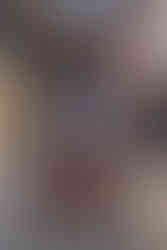






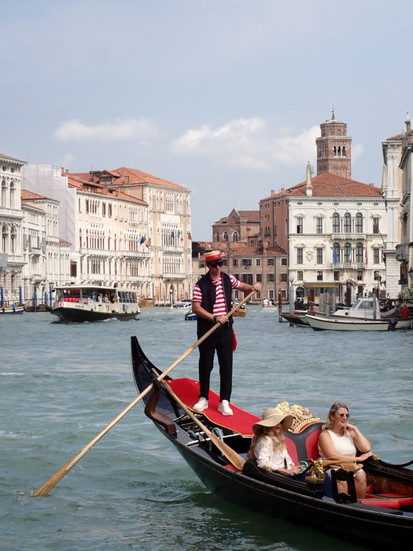













































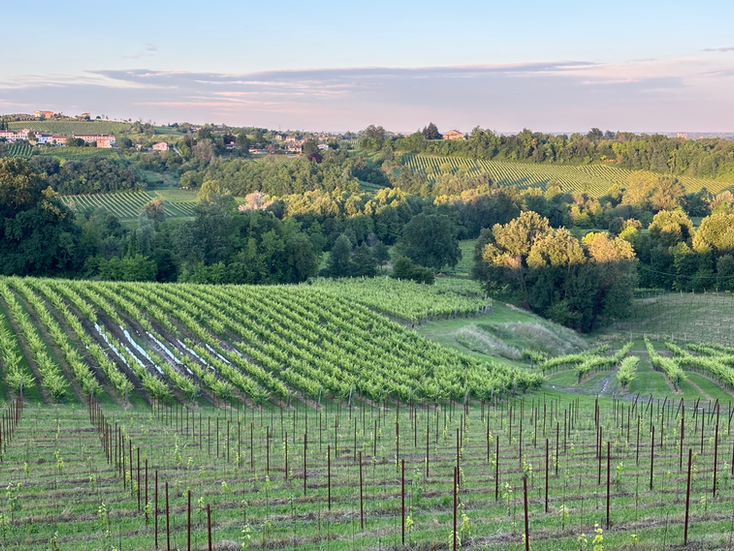



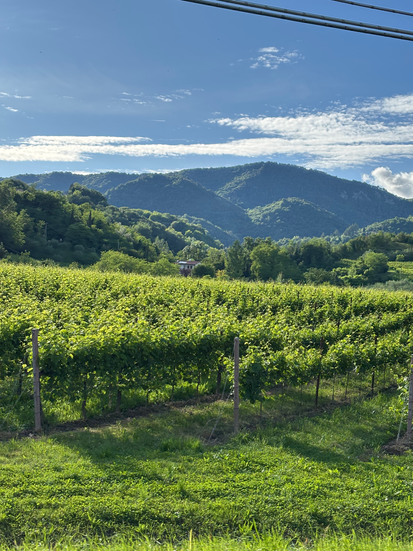























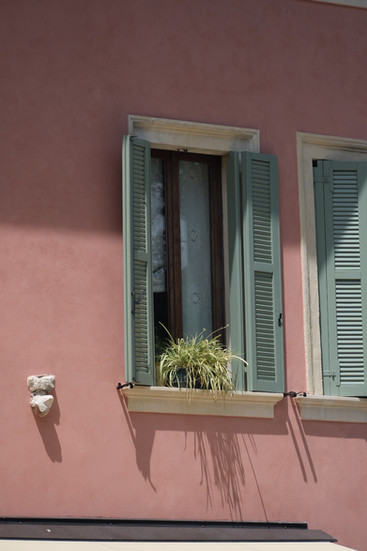

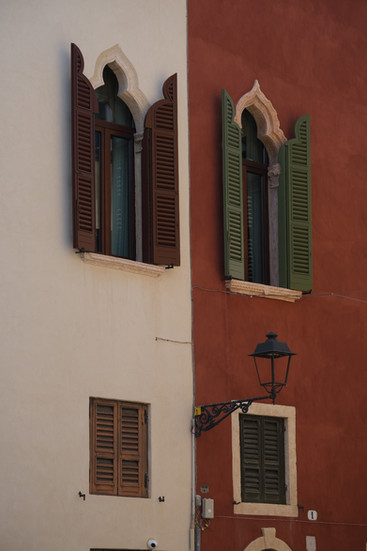



























































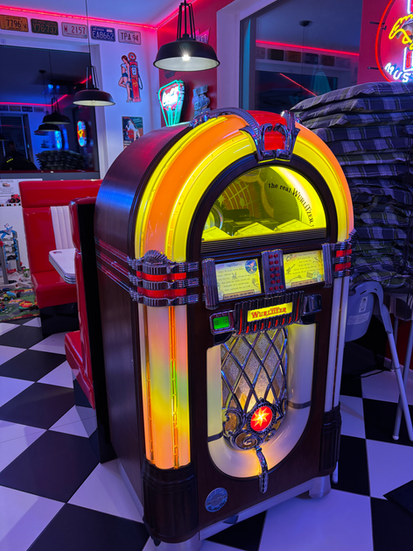











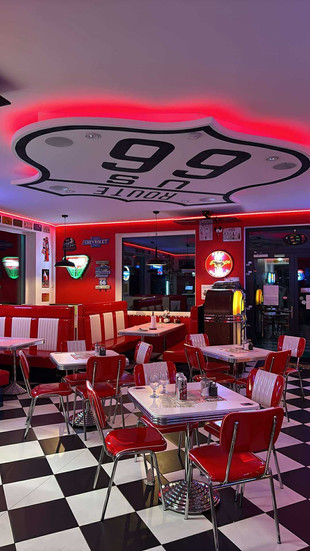





Comments